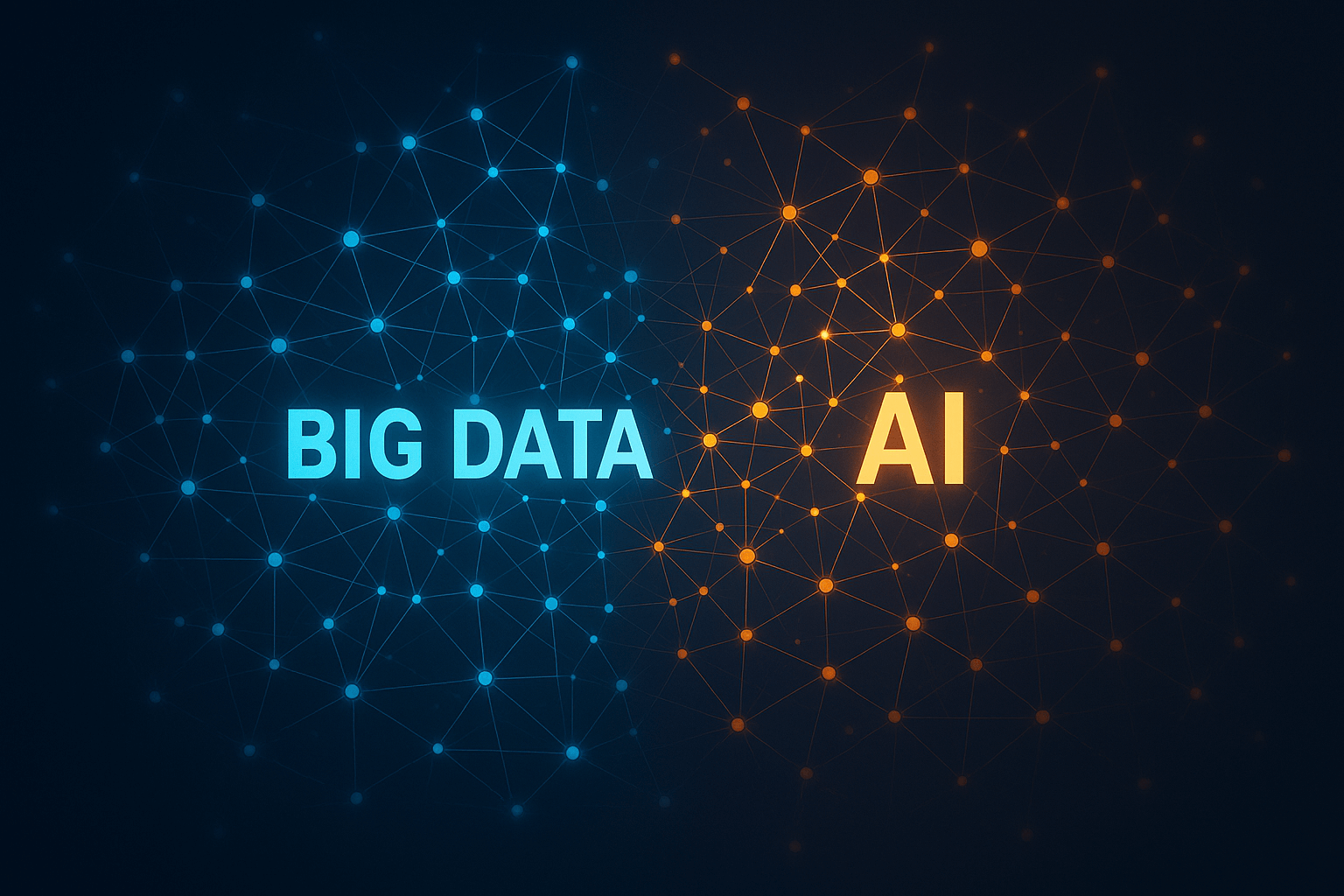
The sheer volume of data generated daily has long surpassed human comprehension. For years, the challenge was simply to collect, store, and process this deluge—a paradigm known as "big data." But a monumental shift is underway. We've entered a new era where the focus is no longer on the size of the data but on its intelligence. This transformation is being driven by the powerful synergy of Big Data AI, a convergence that is not merely an evolution but a complete revolution, changing the very fabric of how we interpret and utilize information.
This isn't just about faster processing or larger databases. Big Data AI is about imbuing vast datasets with cognitive capabilities—the ability to learn, predict, and even automate decisions. It's the engine that turns petabytes of raw, unstructured information into predictive insights, personalized customer experiences, and unprecedented operational efficiencies. For professionals in the field, this means the old rules no longer apply. The demand is surging for experts who can harness this power, particularly those skilled in platforms like Talend, which form the backbone of modern data ecosystems. Mastering this domain, validated through certifications like the TBDCDTS: Qlik Talend Big Data Developer Using Talend Studio, has become the key to unlocking a future-proof career.
How Big Data AI is Revolutionizing Traditional Big Data Methods
Traditional big data methodologies were primarily focused on batch processing and historical analysis. They were powerful for their time but often slow, reactive, and incapable of handling the complexity and velocity of modern data streams. Big Data AI shatters these limitations by introducing a layer of intelligent automation and predictive capability at every stage of the data lifecycle. Let's explore the key areas where this revolution is most profound.
Data Is Becoming 'More Relevant Data'
In the traditional model, data preparation was a laborious, manual process. Data engineers would spend up to 80% of their time on Extract, Transform, Load (ETL) tasks—cleansing, standardizing, and structuring data so it could be analyzed. The process was rigid and based on predefined rules, often leading to valuable nuances and patterns being discarded as "noise."
Big Data AI fundamentally flips this script. Machine learning algorithms can now automate and enhance data quality and preparation in ways previously unimaginable.
- Intelligent Data Cleansing: AI models can identify and correct errors, fill in missing values, and remove duplicates with a high degree of accuracy. They learn from the data's inherent patterns to make smarter cleaning decisions than a human-coded script ever could.
- Automated Feature Engineering: One of the most critical tasks in building predictive models is creating the right "features" or variables. AI can analyze raw data and automatically generate thousands of potential features, identifying those with the highest predictive power—a task that would take a data scientist weeks to perform manually.
- Anomaly Detection: AI algorithms excel at spotting outliers and anomalies in real-time. For a financial institution, this could mean flagging a fraudulent transaction the moment it happens. For a manufacturing plant, it could mean identifying a subtle sensor reading that indicates impending machine failure.
This shift means data is no longer just "big"; it's becoming profoundly relevant. The intelligence is baked into the pipeline itself. For developers working with tools like Talend Studio, this is a game-changer. The focus shifts from manual data wrangling to designing and managing intelligent, self-optimizing data pipelines. This is precisely the expertise that the TBDCDTS: Qlik Talend Big Data Developer certification is designed to validate—the ability to build the sophisticated data infrastructures that modern Big Data AI applications demand.
Marketers Are Gaining Access to Location Intelligence
Geospatial data used to be relatively simple: a customer's address, a store's location. Traditional analysis could tell you where things happened. Big Data AI tells you why they happen there, where they will happen next, and what you should do about it. By fusing geospatial data with countless other streams—IoT sensor data, social media check-ins, weather patterns, and real-time traffic—AI models create a dynamic, multi-dimensional view of the physical world.
This "location intelligence" provides marketers with unprecedented power:
- Hyper-Personalized Proximity Marketing: Instead of just sending a generic offer when a customer is near a store, Big Data AI can analyze their past purchase history, time of day, and even local event schedules to send a highly contextual and personalized offer at the perfect moment.
- Predictive Movement Analysis: By analyzing aggregate, anonymized location data, AI can predict foot traffic patterns. Retailers can use this to optimize store layouts and staffing schedules, while city planners can use it to manage traffic flow and public transport.
- Supply Chain and Logistics Optimization: Companies like Amazon and UPS use Big Data AI to optimize delivery routes in real-time, factoring in everything from weather and traffic to vehicle capacity and delivery priority. This saves billions in fuel costs and dramatically improves efficiency.
This level of analysis requires robust data integration capabilities to pull together diverse, high-velocity data sources. It’s a core competency for a certified Talend Big Data Developer, who must design systems capable of feeding these complex AI models with clean, real-time location data.
Improves Risk Assessment Capabilities
Risk assessment has always been a data-driven field, but it was traditionally based on historical data and statistical models that were slow to adapt. Big Data AI revolutionizes this by enabling real-time, predictive risk analysis with a far greater degree of accuracy.
- Financial Fraud Detection: Traditional fraud detection systems relied on rule-based engines (e.g., "flag transactions over $10,000"). Modern AI systems analyze thousands of variables for every single transaction—time of day, location, purchase type, user's device, and historical behavior—to calculate a real-time risk score. They can detect subtle, complex fraud patterns that would be invisible to a rules-based system.
- Insurance Underwriting: Instead of relying on broad demographic categories, insurance companies can now use Big Data AI to create highly personalized risk profiles. By analyzing telematics data from a car, health data from a wearable device, or weather data for a property, they can price insurance policies with far greater precision.
- Cybersecurity: AI is the new frontline in cybersecurity. Machine learning algorithms monitor network traffic in real-time, learning the "normal" patterns of behavior. When a deviation occurs—even a subtle one that might indicate a novel cyberattack—the AI can instantly flag it and isolate the threat before a human analyst is even aware of it.
The effectiveness of these AI-driven risk systems is entirely dependent on the quality and timeliness of the data they are fed. This underscores the critical importance of the data engineer and developer who can build and maintain the high-performance data pipelines required, a skill set central to the TBDCDTS: Qlik Talend Big Data Developer Using Talend Studio curriculum.
Triggering the Growth of the Gig Economy
The on-demand or "gig" economy, exemplified by companies like Uber, Lyft, DoorDash, and Instacart, simply could not exist without Big Data AI. Their entire business model is built on an AI-powered optimization engine that matches supply and demand in real-time.
Consider the complexities involved in a single Uber ride:
Demand Forecasting: The app uses Big Data AI to predict ride demand in different parts of a city based on historical data, time of day, weather, and local events (like a concert ending).
Dynamic Pricing: Based on this predicted demand, the system implements "surge pricing" to incentivize more drivers to head to high-demand areas, balancing supply and demand.
Intelligent Matching: When you request a ride, the algorithm doesn't just find the closest driver. It analyzes traffic, one-way streets, driver ratings, and vehicle type to find the optimal match for the fastest pickup.
Route Optimization: Throughout the ride, the GPS navigation is constantly analyzing real-time traffic data to find the most efficient route.
This intricate dance of data and algorithms happens millions of times a day, across the globe. It's a testament to the power of Big Data AI to manage massively complex, real-time logistical challenges. The developers who build the backend systems for these platforms are masters of data integration, real-time processing, and scalable architecture—the very skills that a certified Talend professional embodies.
Mastering the Revolution: Your Path to Becoming a Big Data AI Expert
The transformative power of Big Data AI is undeniable, but it has also created a significant skills gap. Companies are desperately seeking professionals who can bridge the world of data engineering with the principles of artificial intelligence. It's no longer enough to just manage data; you must know how to build the intelligent systems that will power the next generation of applications.
This is where formal certification becomes not just a resume booster, but a career necessity. The TBDCDTS: Qlik Talend Big Data Developer Using Talend Studio certification is a clear signal to employers that you possess the practical, hands-on skills to design, build, and manage the complex data pipelines that are the lifeblood of Big Data AI.
But we know that preparing for a high-stakes certification exam can be a source of significant stress and anxiety. Reading through the official exam details for the Talend Big Data Certified Developer using Talend Studio exam can feel overwhelming. How do you know if you're truly ready? Where are your knowledge gaps? The fear of failing after weeks of study is a real concern.
This is precisely why having the right preparation tools is crucial. You need a way to move from theoretical knowledge to practical confidence. Instead of just re-reading documentation, you can solidify your skills with comprehensive TBDCDTS practice exams. Simulating the real exam environment allows you to:
- Identify Your Weaknesses: Pinpoint the exact topics and question types where you need more review.
- Build Confidence: Become familiar with the exam format, timing, and pressure, so there are no surprises on test day.
- Reinforce Learning: Actively recalling information in a test setting is one of the most effective ways to cement it in your memory.
- Measure Your Progress: Track your scores over time to see tangible proof of your improvement and know when you are truly ready to succeed.
Don't let exam anxiety hold you back. Take control of your preparation and turn your ambition into a certified reality.
Conclusion
We are at a pivotal moment in the history of technology. The era of simply collecting data is over. The future belongs to those who can make data intelligent. Big Data AI is the engine of this new reality, a powerful force that is reshaping industries, creating new business models, and redefining what's possible. From making data more relevant and providing marketers with uncanny location intelligence to revolutionizing risk assessment and powering the gig economy, its impact is already immense and continues to grow exponentially.
For data professionals, this represents an unparalleled opportunity. The demand for individuals who can build and manage the sophisticated data ecosystems required for Big Data AI is at an all-time high. By mastering tools like Talend and validating your expertise with the TBDCDTS: Qlik Talend Big Data Developer certification, you are not just keeping pace with change—you are positioning yourself at the forefront of the intelligence revolution. The journey requires dedication, but with the right skills and preparation, you can become an architect of this data-driven future.


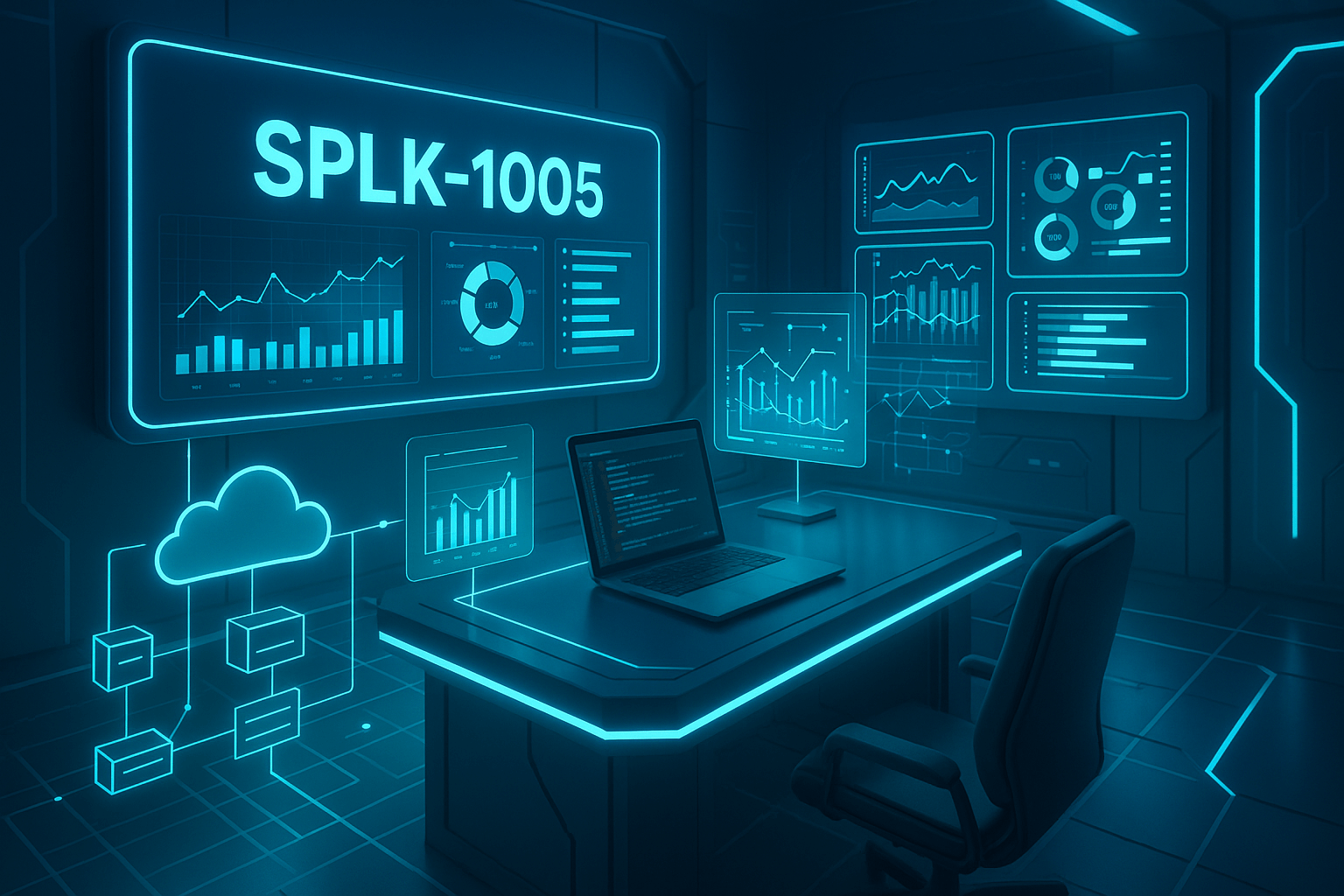
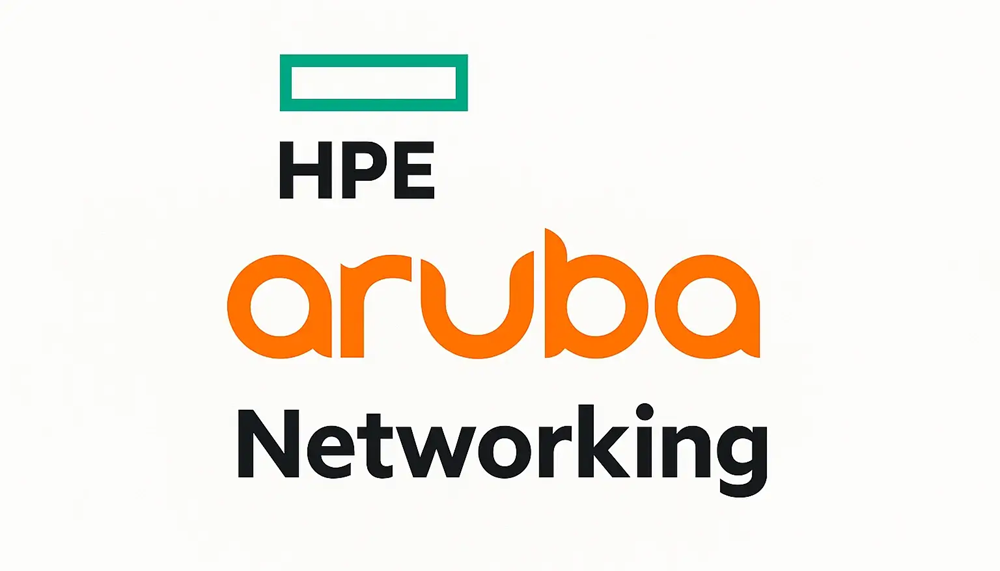
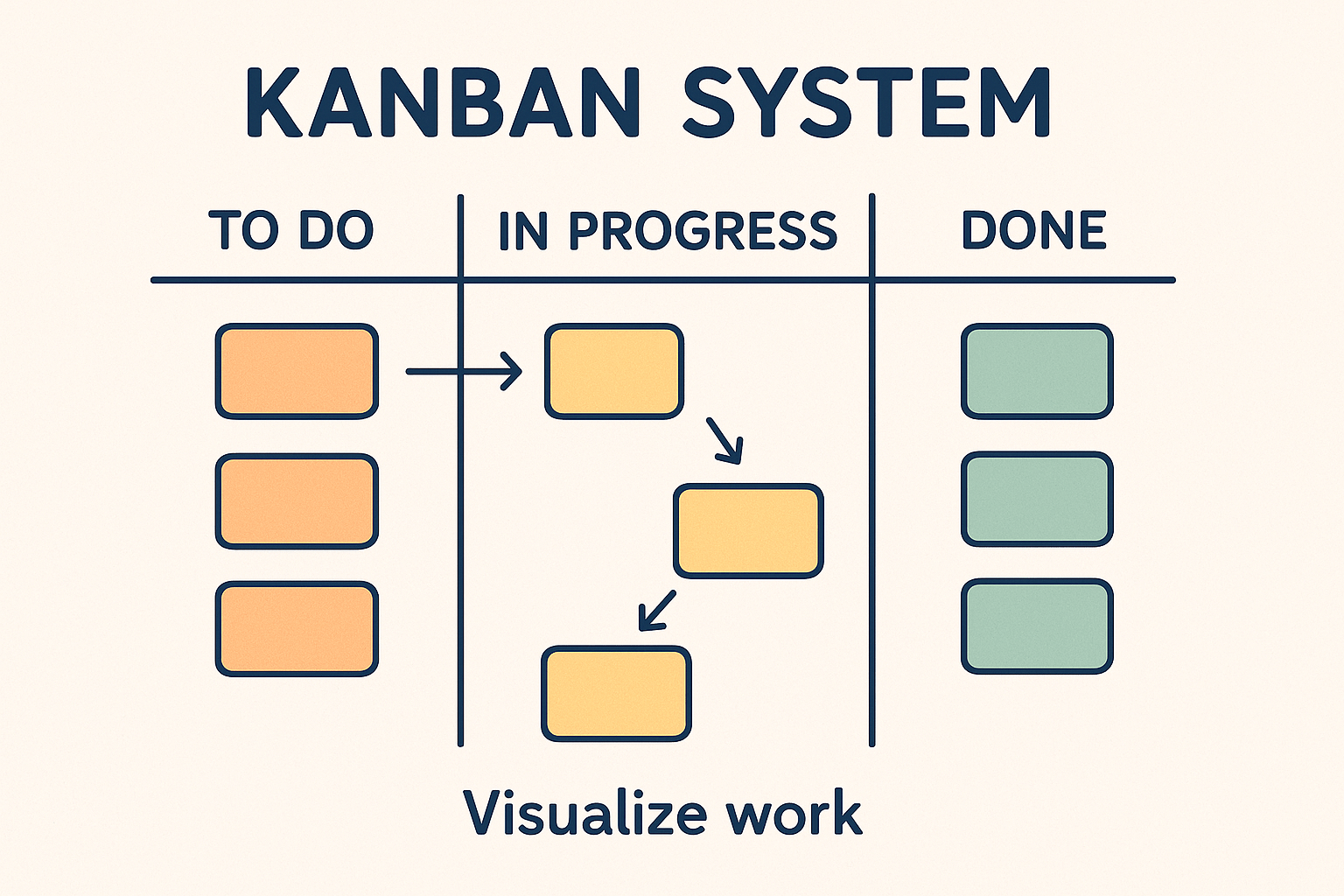
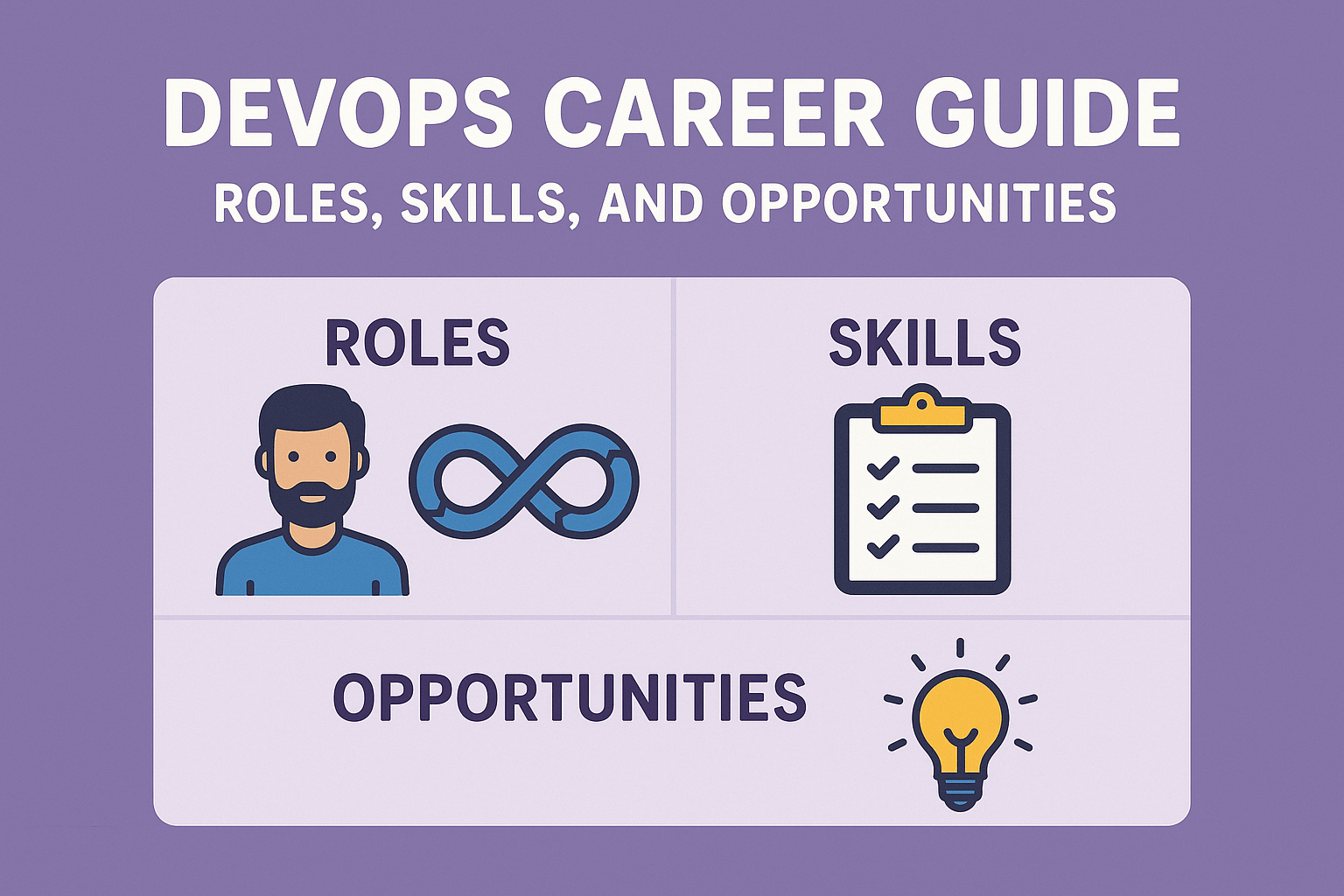
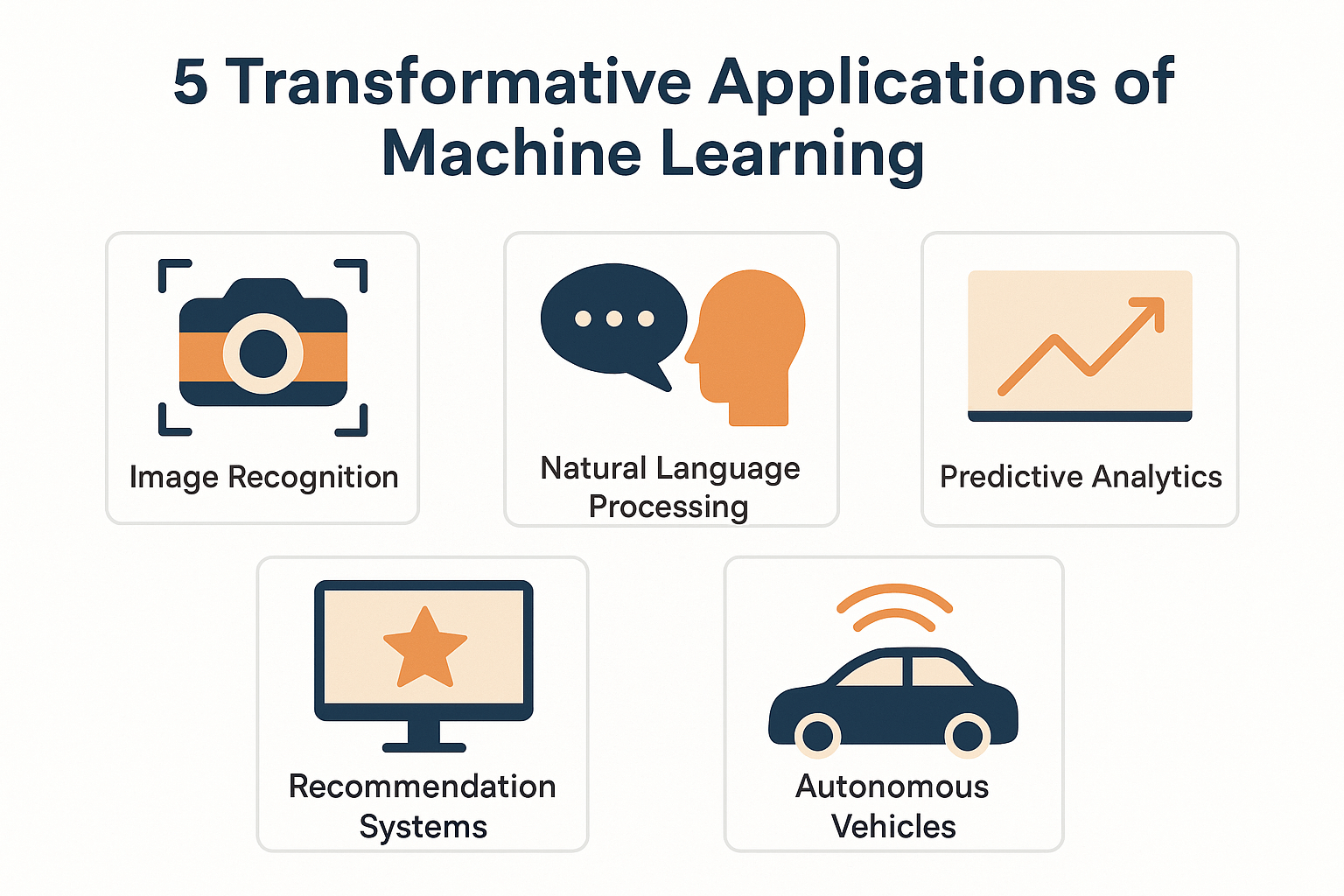
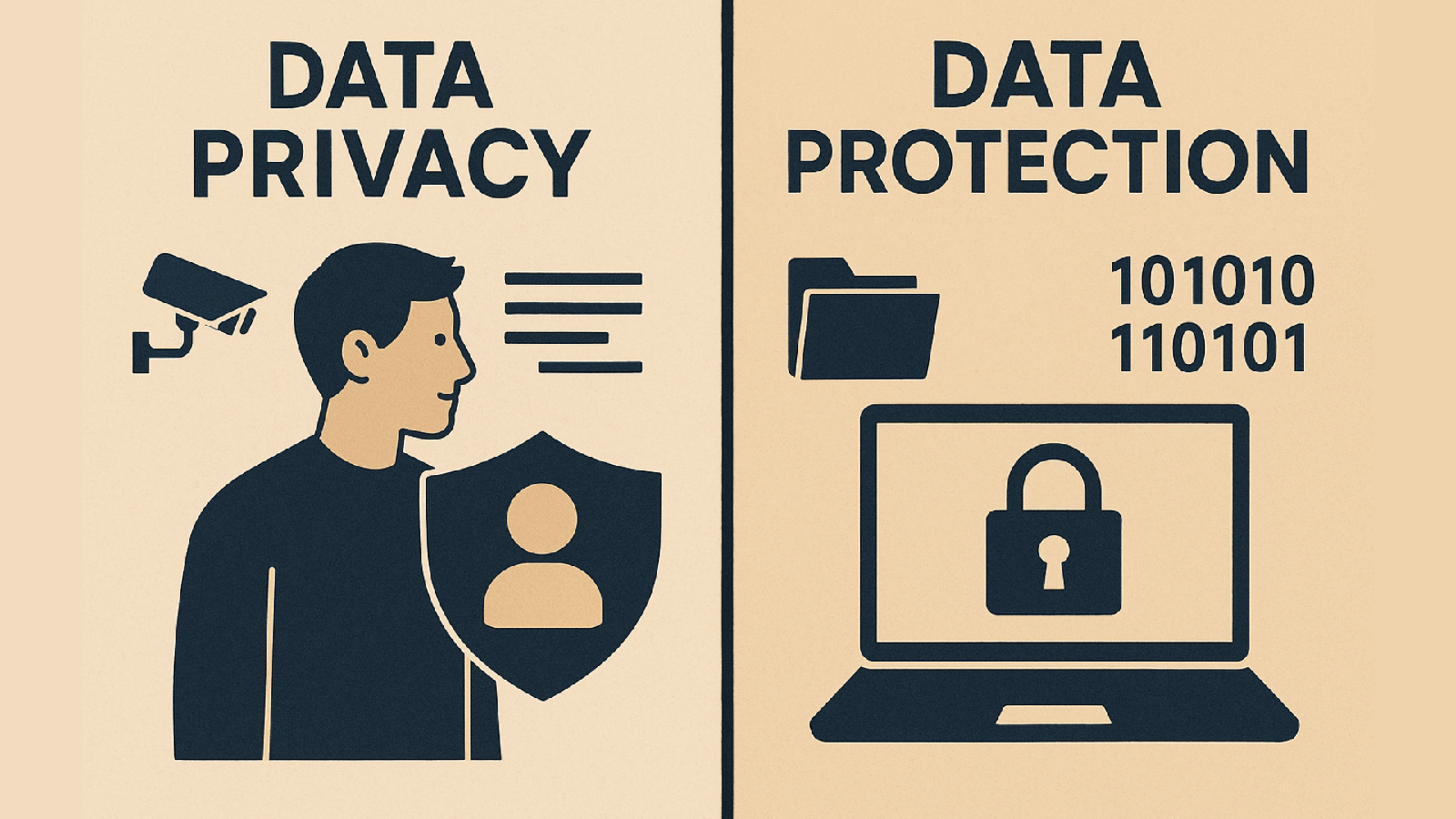
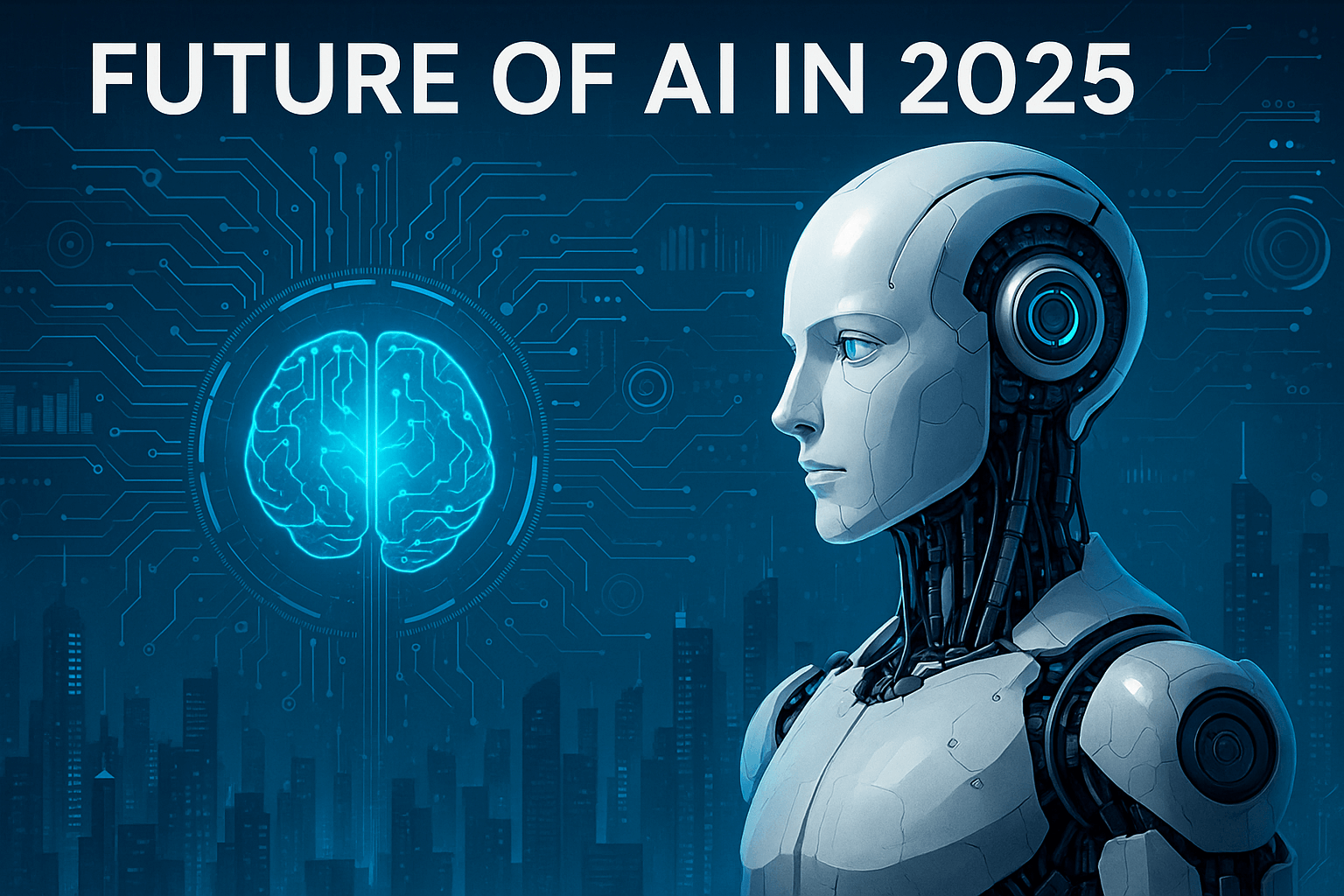
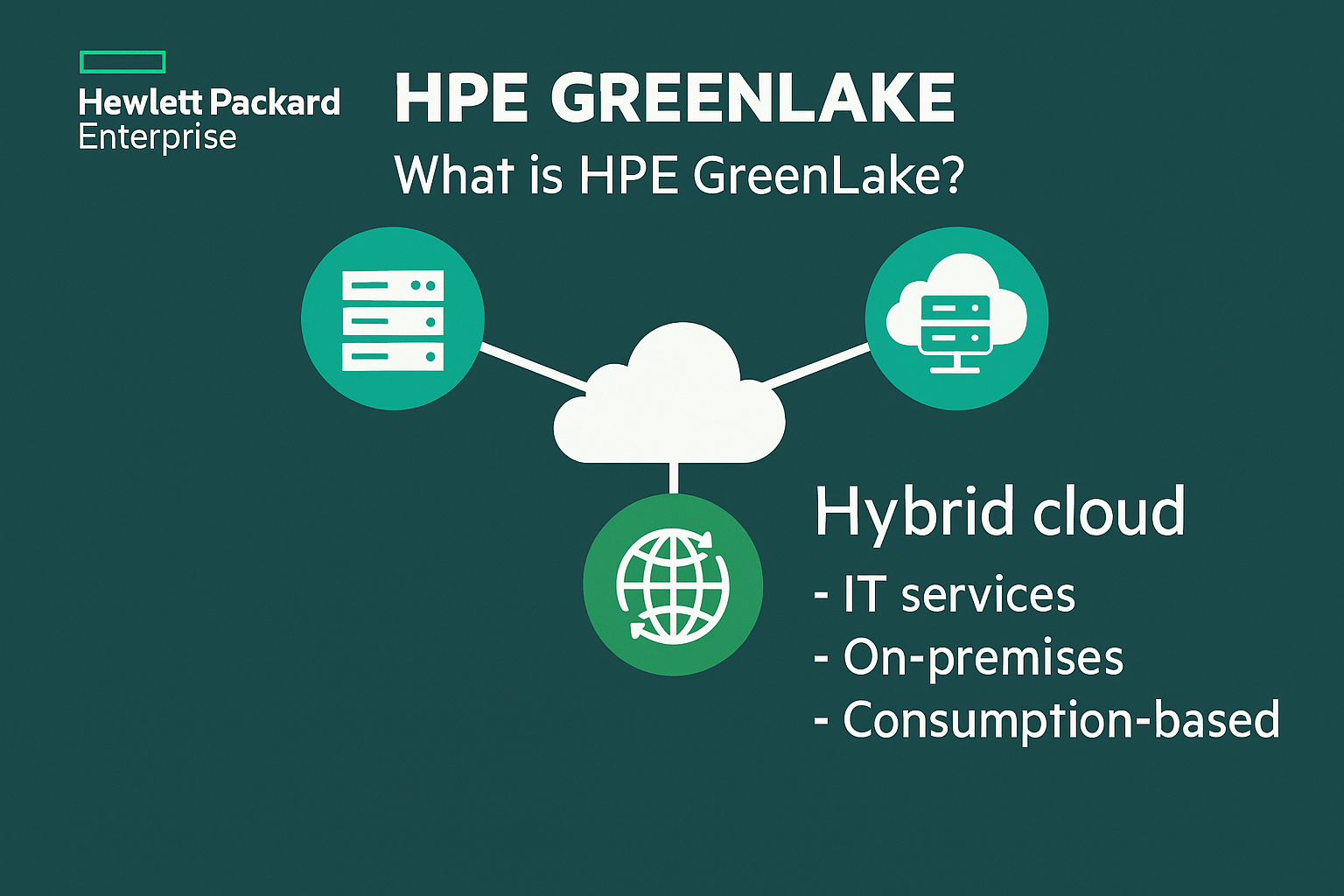
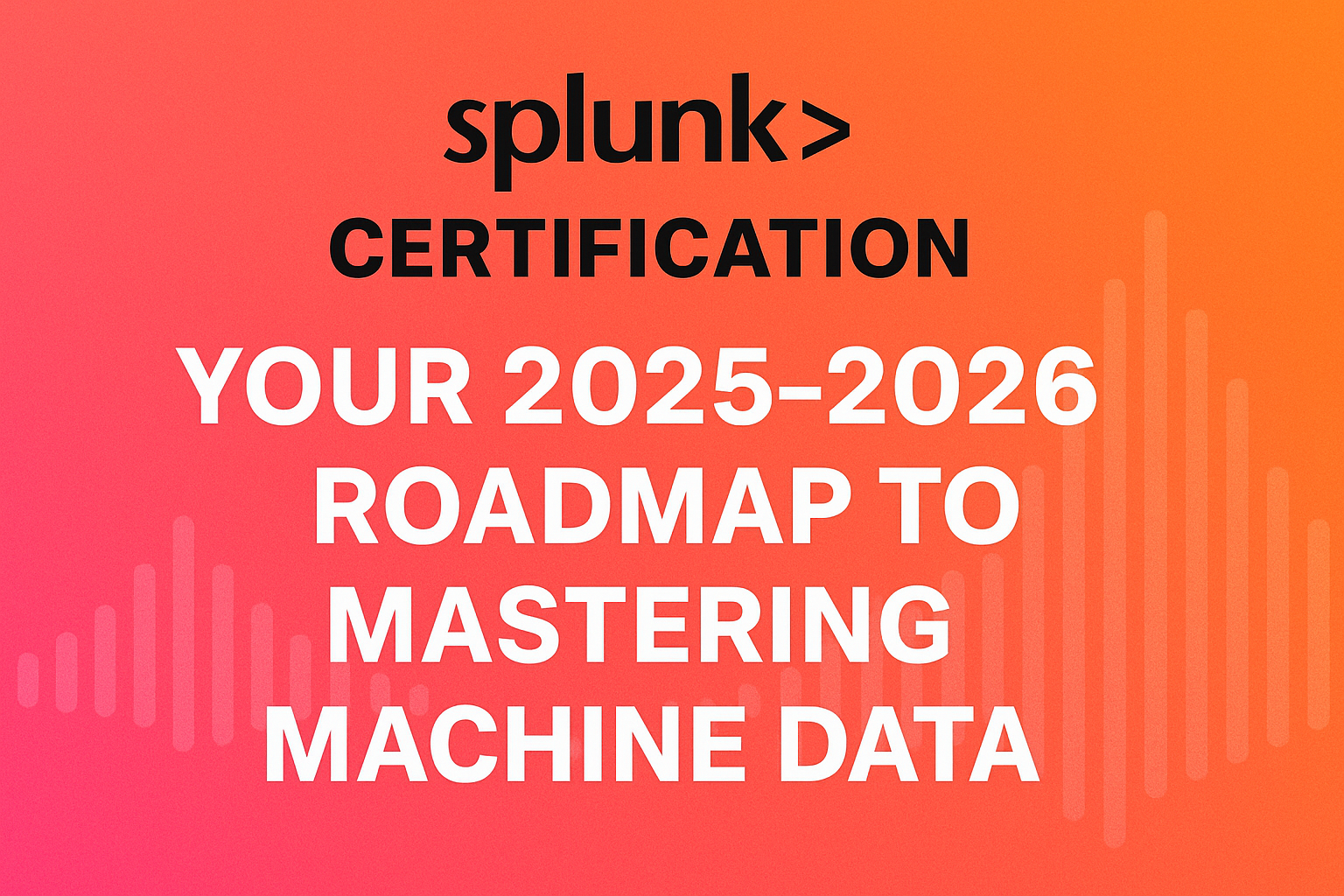
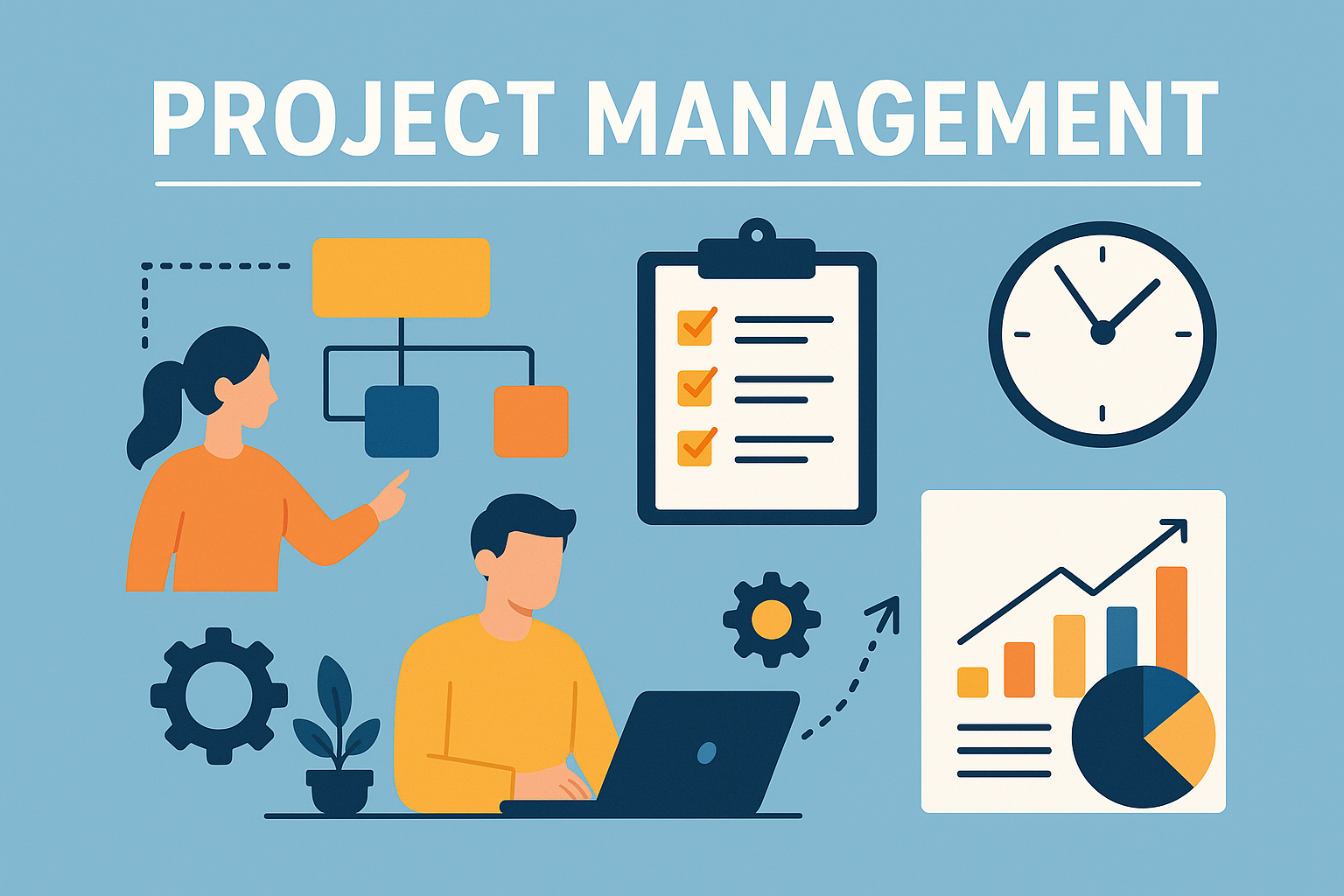
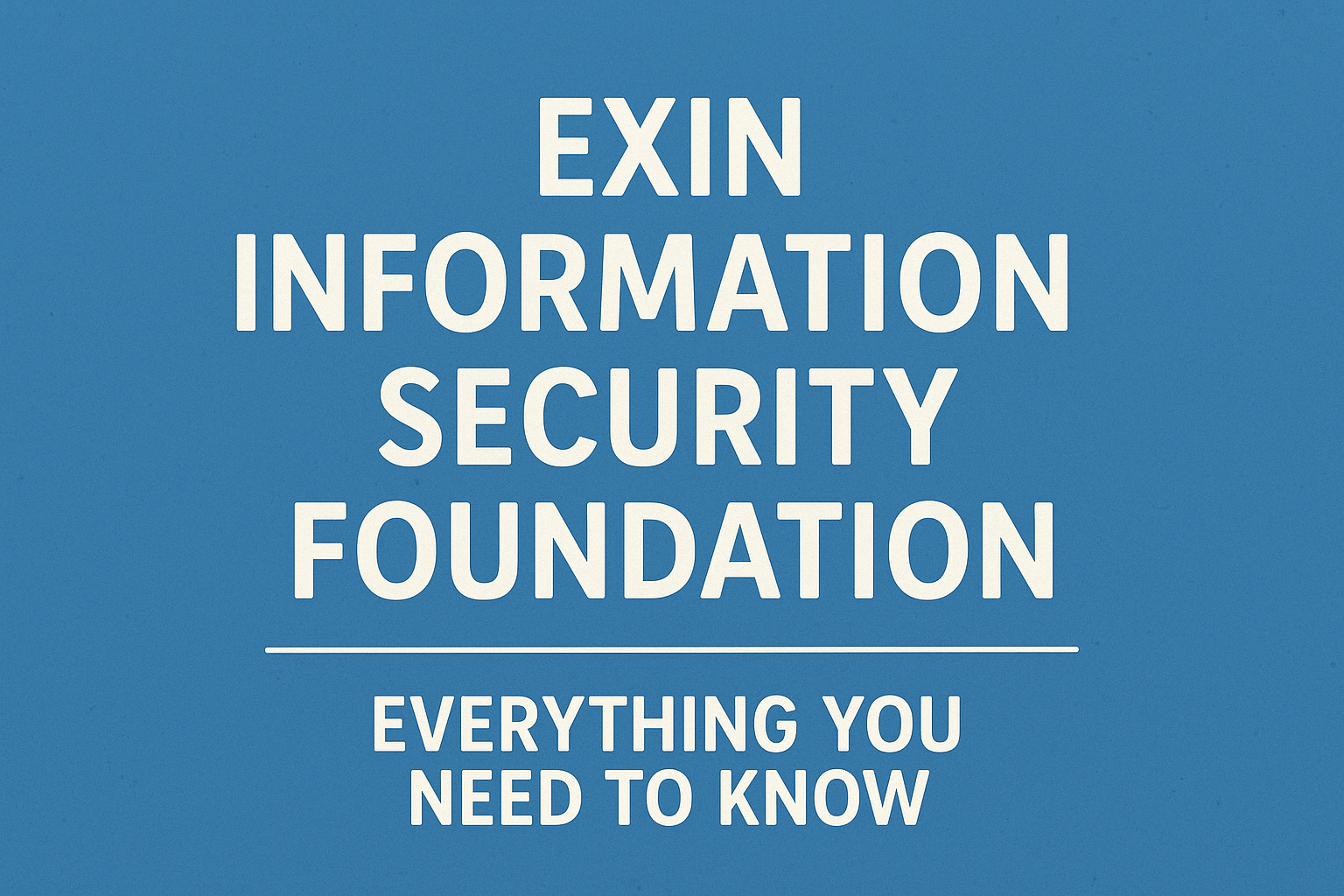
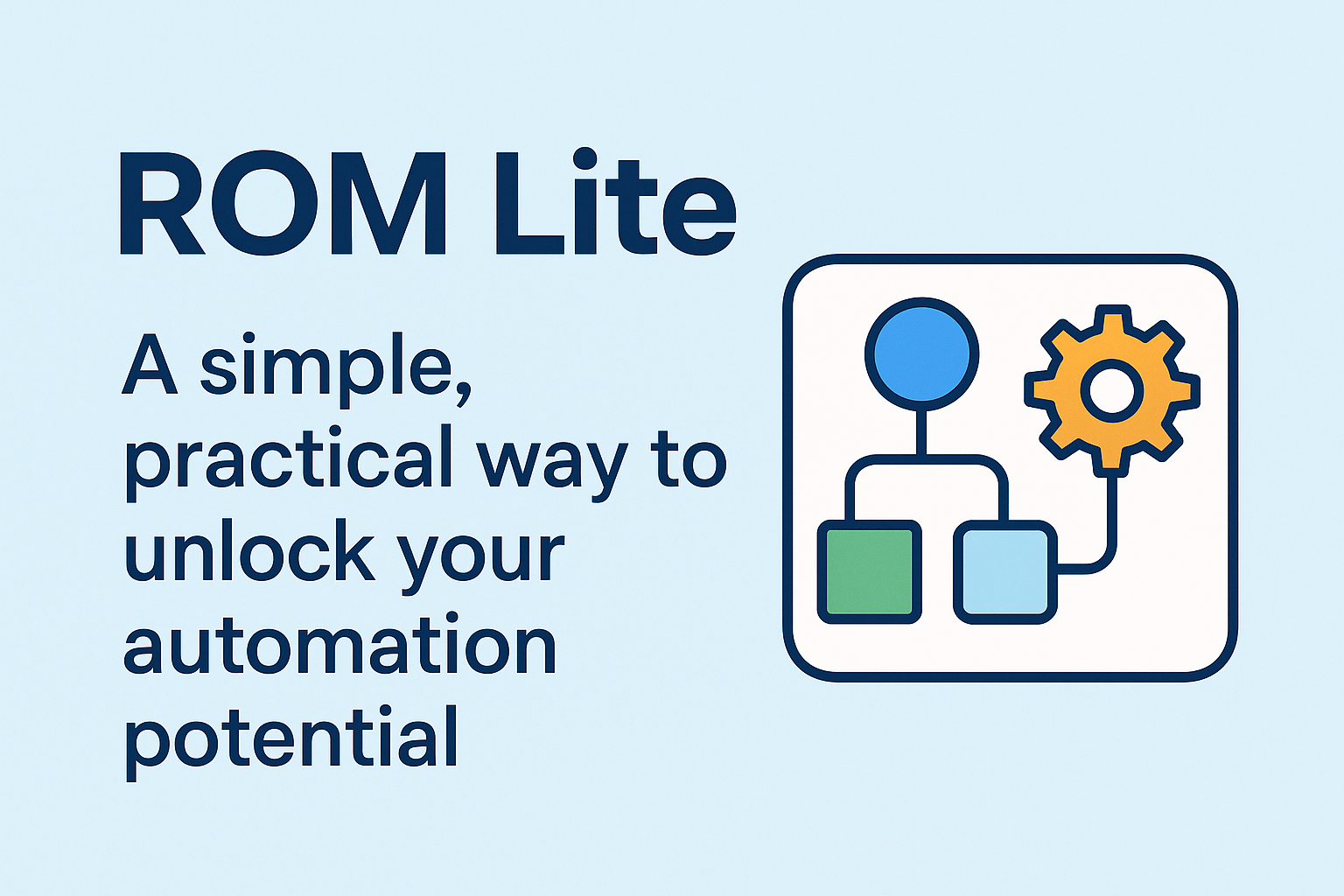
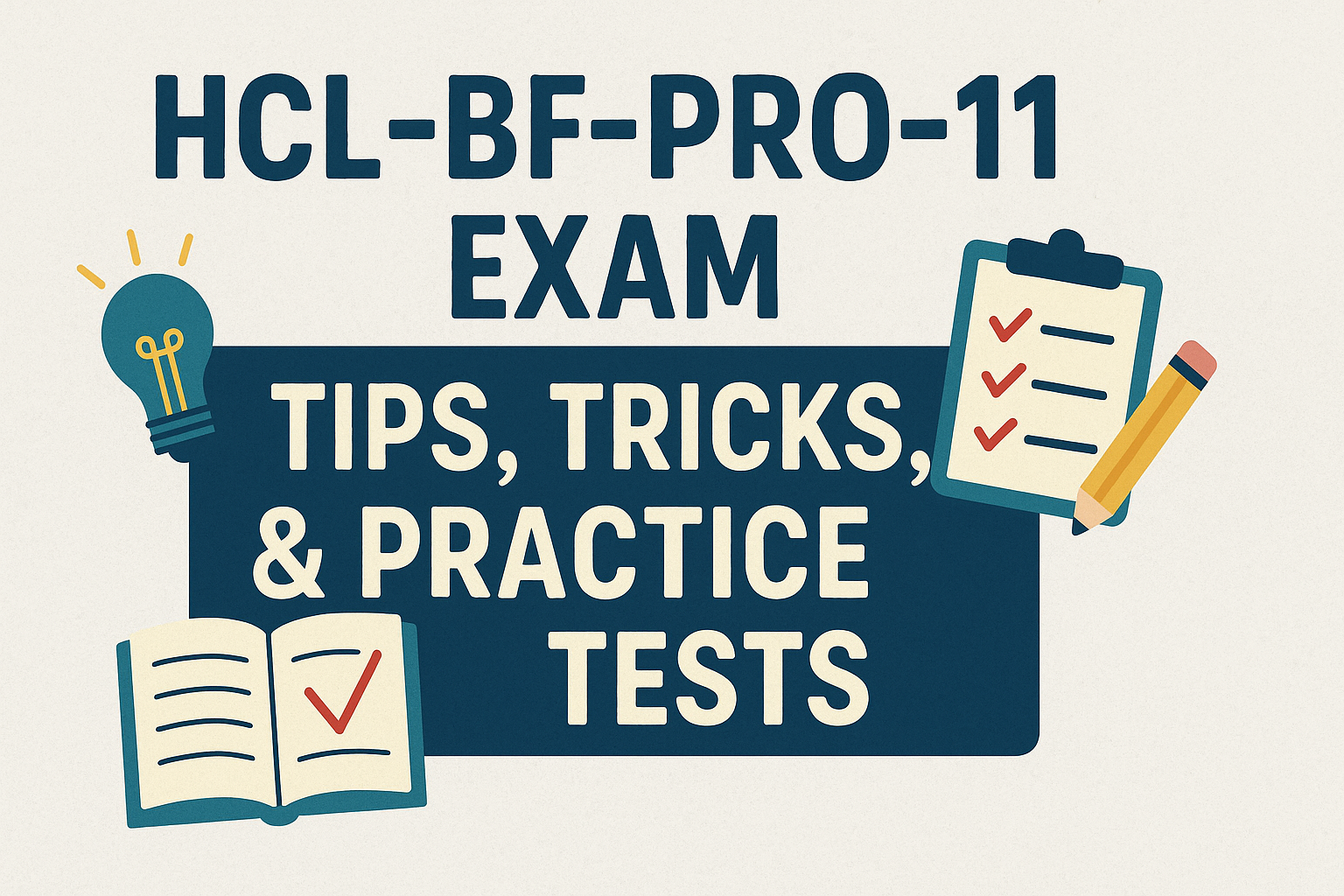
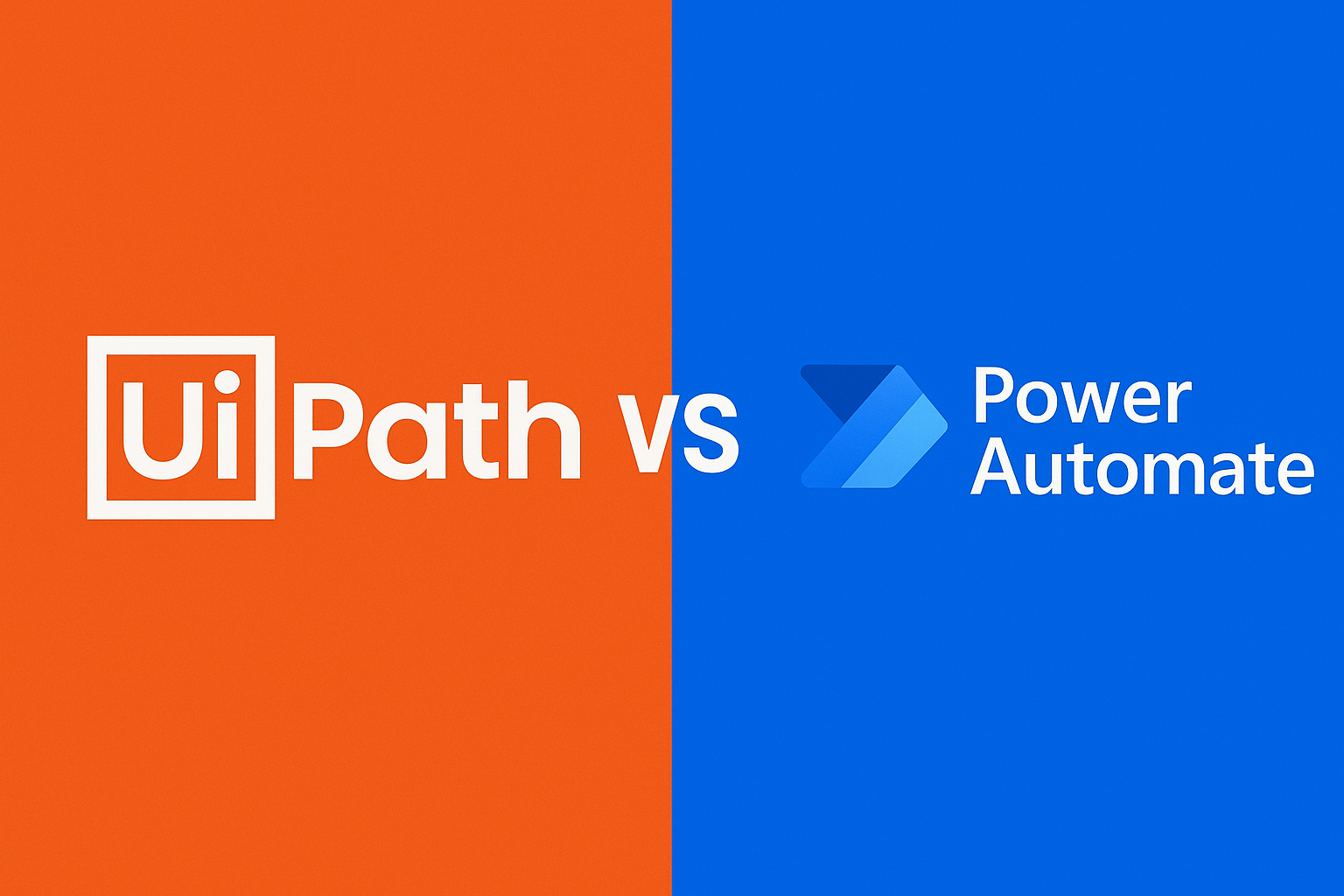
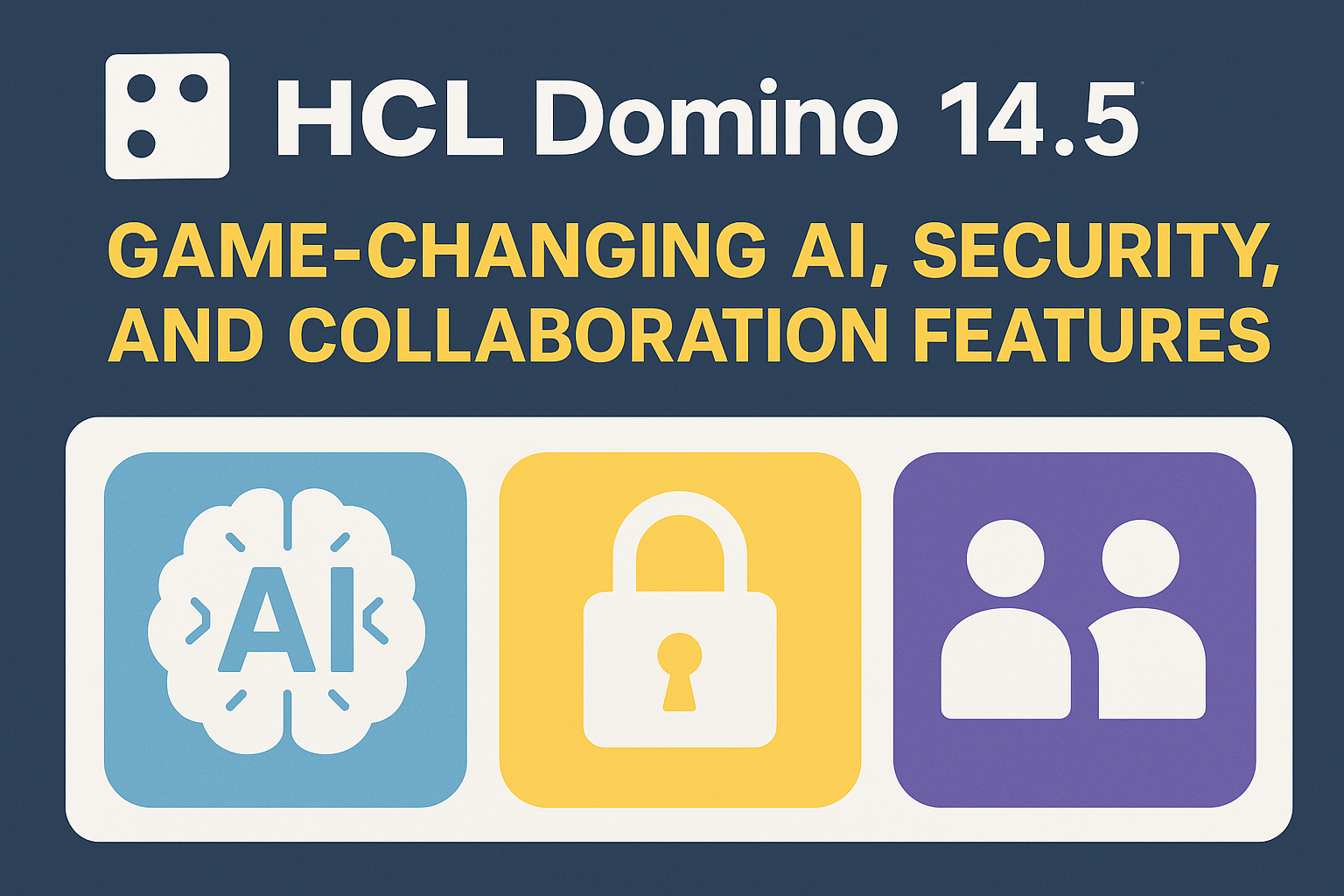
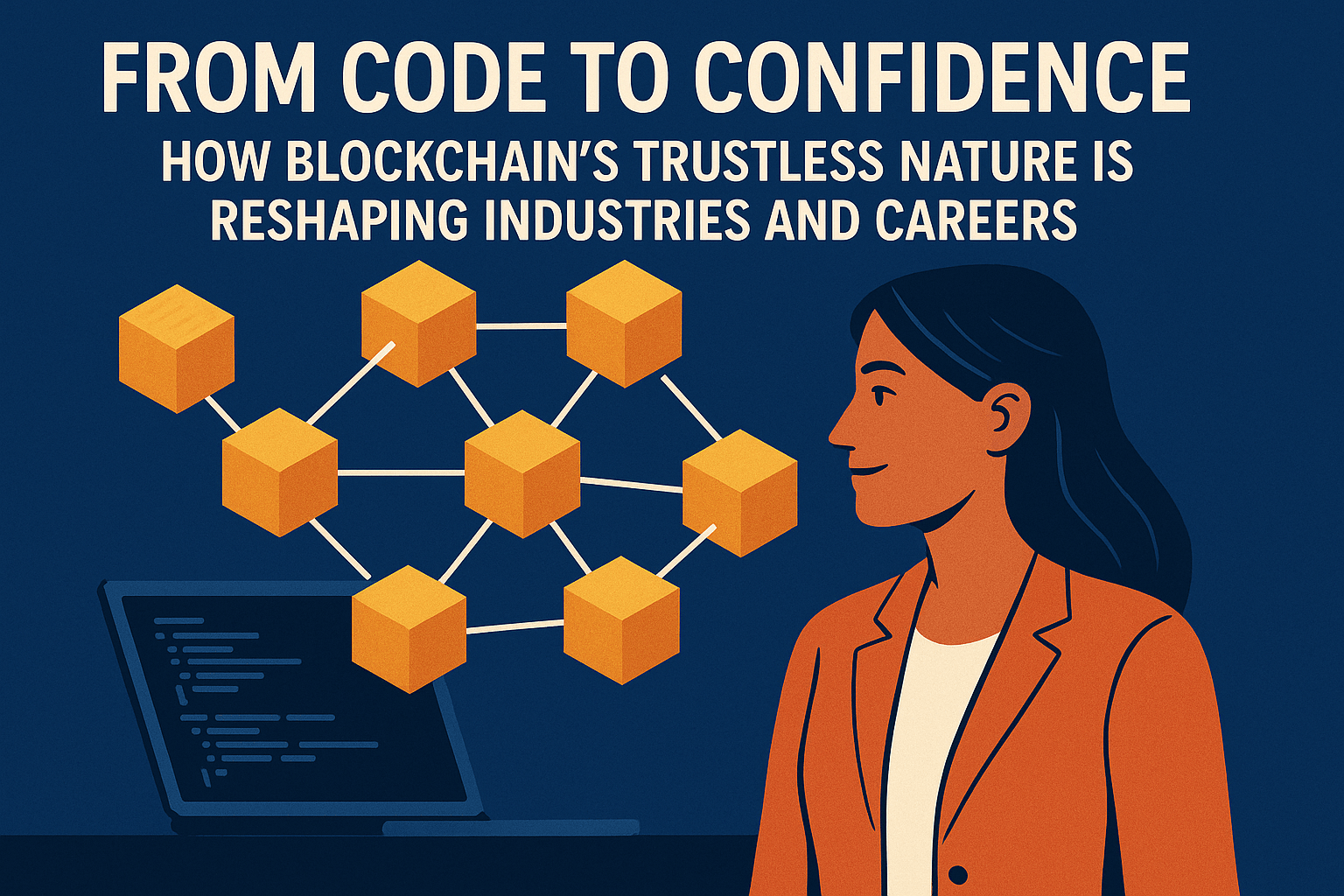
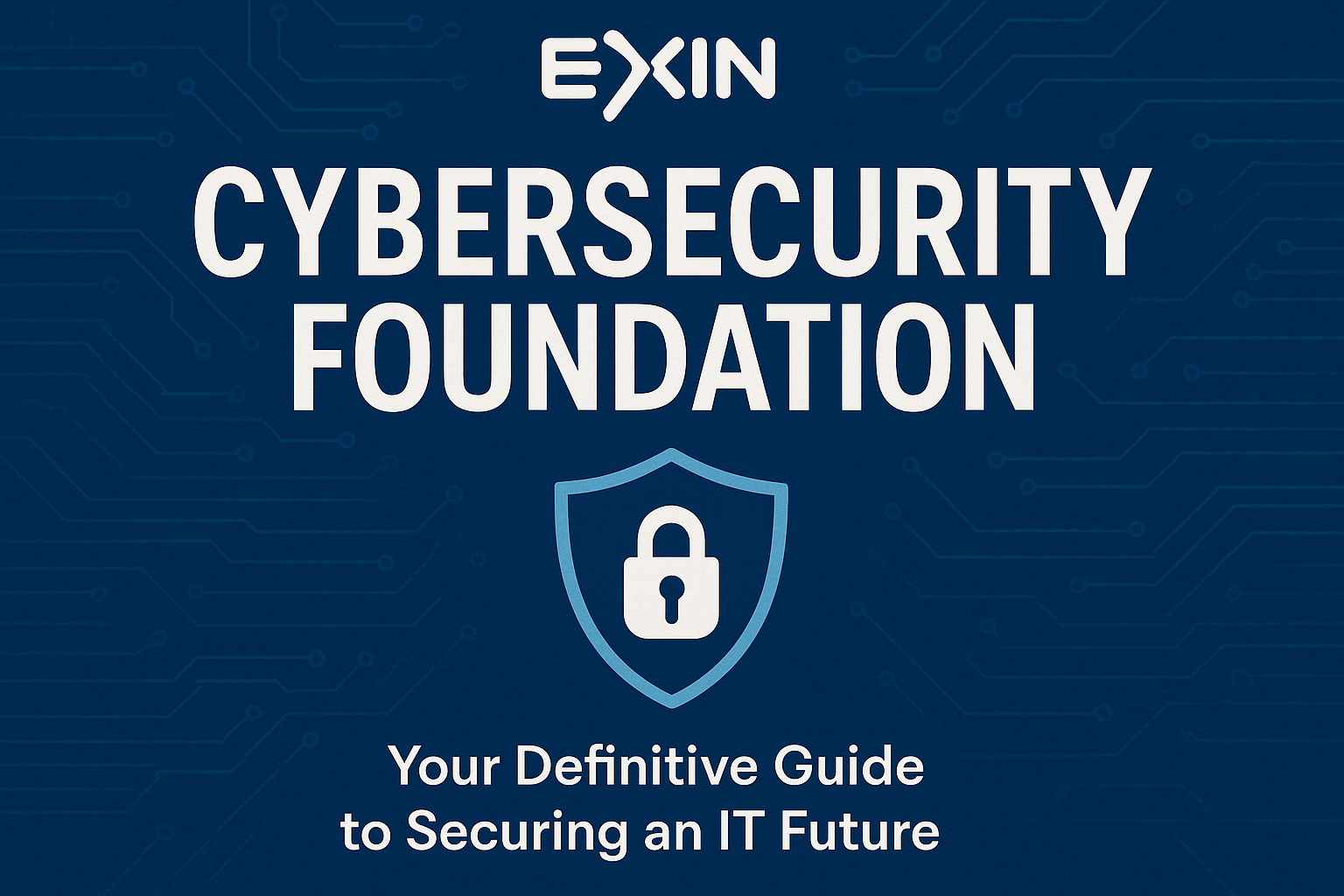

Write a comment ...